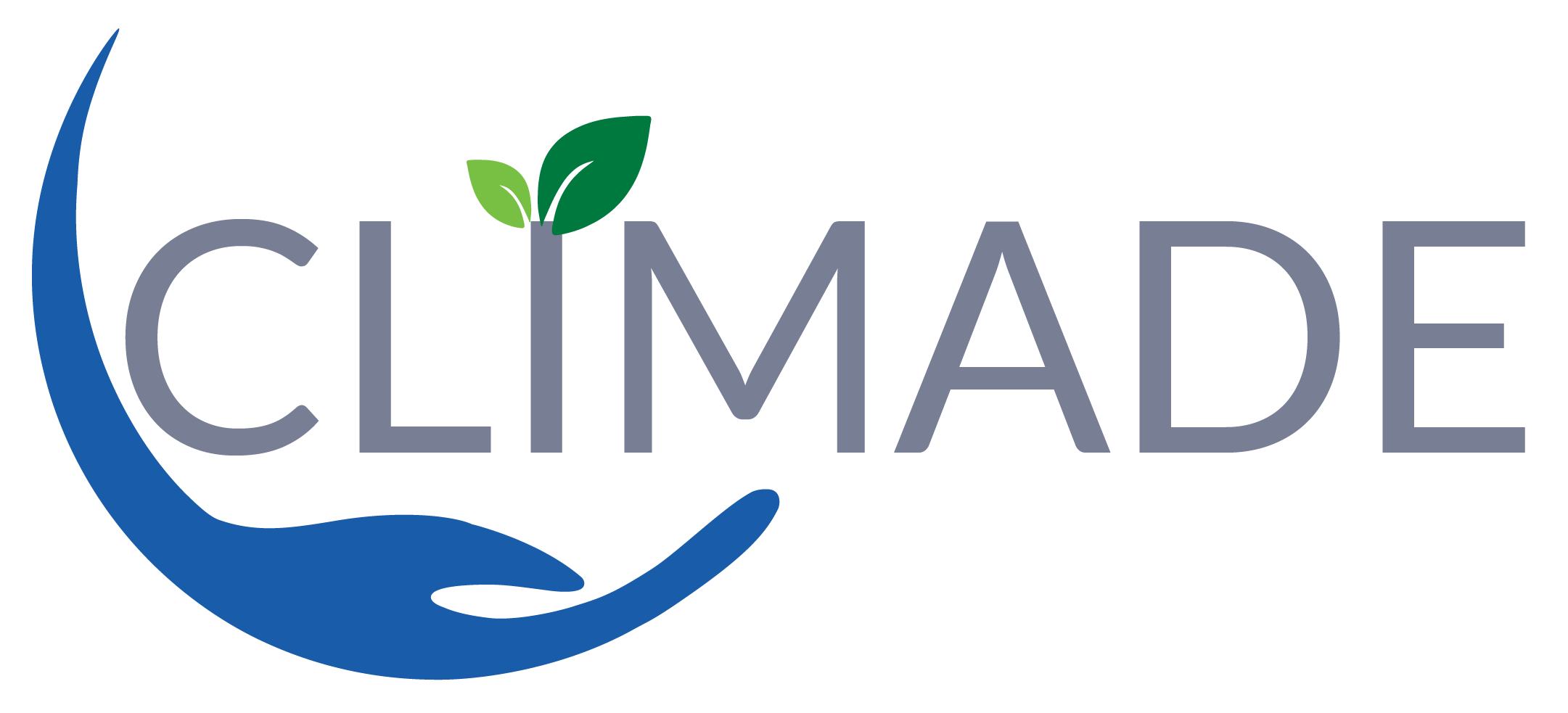Lancet Infectious Diseases, 2016.
Authors: Bogoch II, Brady OJ, Kraemer MUG, German M, Creatore MI, Brent S, Watts AG, Hay SI, Kulkarni MA, Brownstein JS, Khan K.
Journal: Lancet Infectious Diseases, 16(11):1237-1245. doi: 10.1016/S1473-3099(16)30270-5 (2016).
Abstract
Background
As the epidemic of Zika virus expands in the Americas, countries across Africa and the Asia-Pacific region are becoming increasingly susceptible to the importation and possible local spread of the virus. To support public health readiness, we aim to identify regions and times where the potential health, economic, and social effects from Zika virus are greatest, focusing on resource-limited countries in Africa and the Asia-Pacific region.
Methods
Our model combined transportation network analysis, ecological modelling of mosquito occurrences, and vector competence for flavivirus transmission, using data from the International Air Transport Association, entomological observations from Zika’s primary vector species, and climate conditions using WorldClim. We overlaid monthly flows of airline travellers arriving to Africa and the Asia-Pacific region from areas of the Americas suitable for year-round transmission of Zika virus with monthly maps of climatic suitability for mosquito-borne transmission of Zika virus within Africa and the Asia-Pacific region.
Findings
An estimated 2·6 billion people live in areas of Africa and the Asia-Pacific region where the presence of competent mosquito vectors and suitable climatic conditions could support local transmission of Zika virus. Countries with large volumes of travellers arriving from Zika virus-affected areas of the Americas and large populations at risk of mosquito-borne Zika virus infection include India (67 422 travellers arriving per year; 1·2 billion residents in potential Zika transmission areas), China (238 415 travellers; 242 million residents), Indonesia (13 865 travellers; 197 million residents), Philippines (35 635 travellers; 70 million residents), and Thailand (29 241 travellers; 59 million residents).
Interpretation
Many countries across Africa and the Asia-Pacific region are vulnerable to Zika virus. Strategic use of available health and human resources is essential to prevent or mitigate the health, economic, and social consequences of Zika virus, especially in resource-limited countries.

